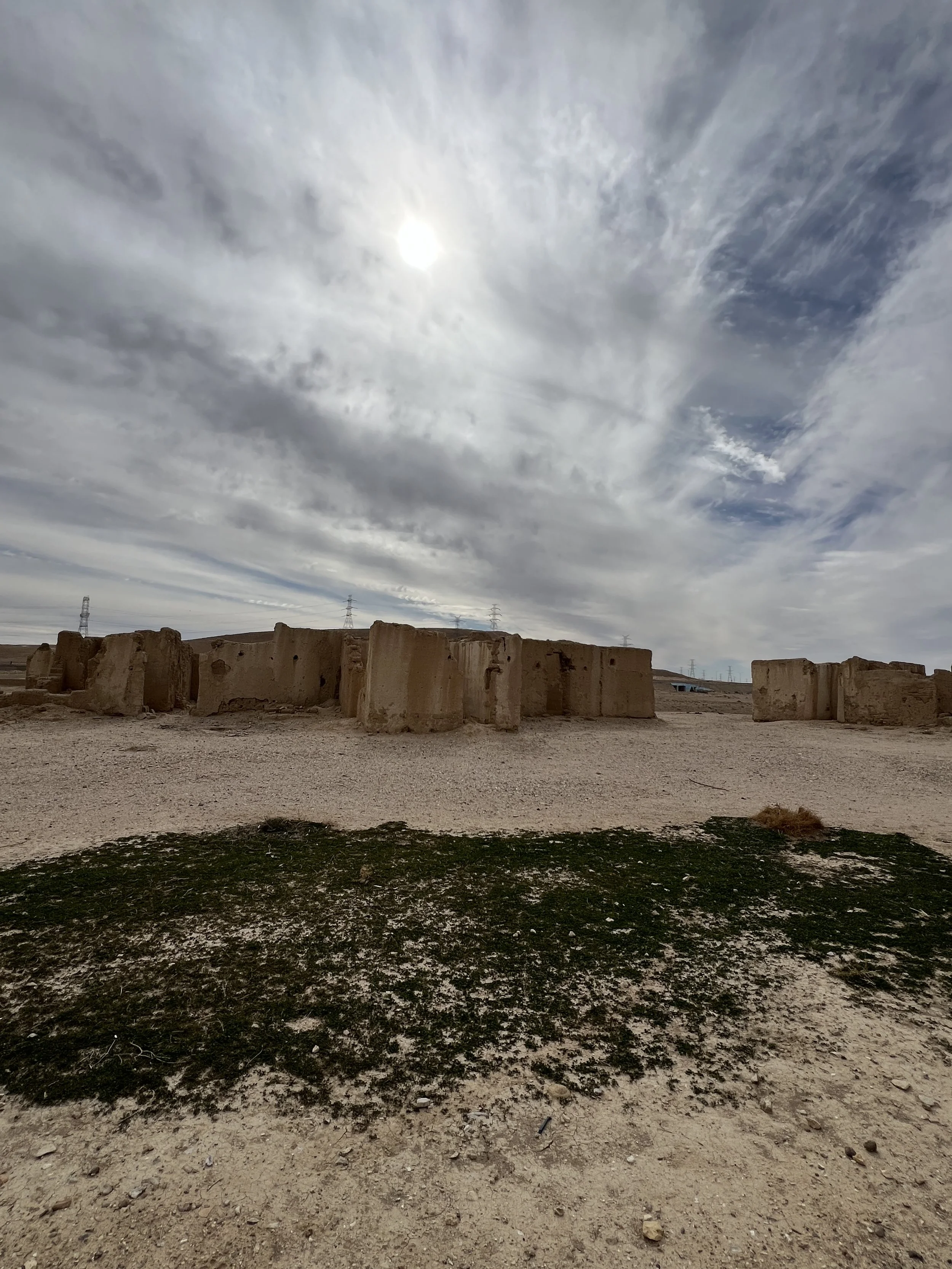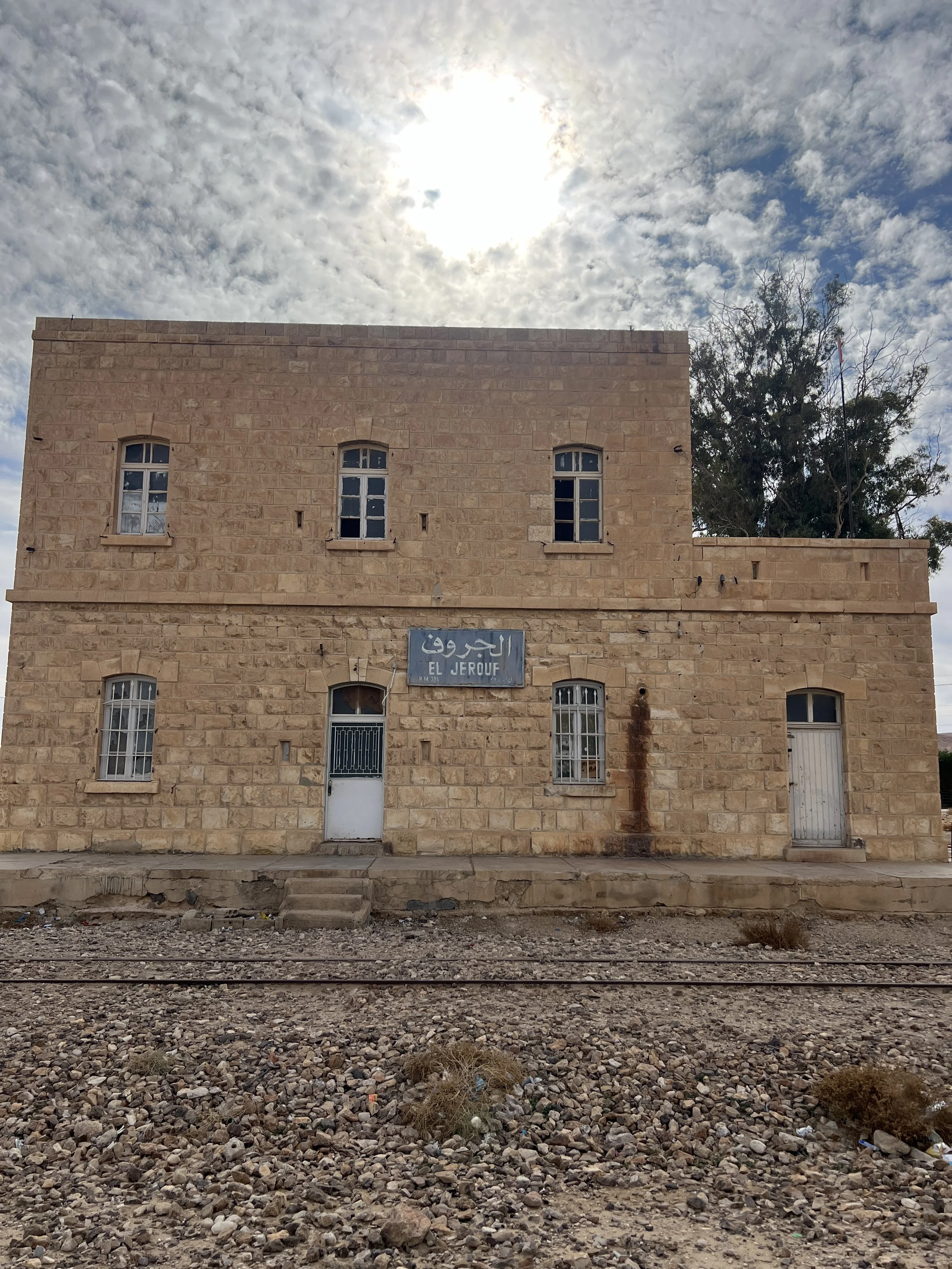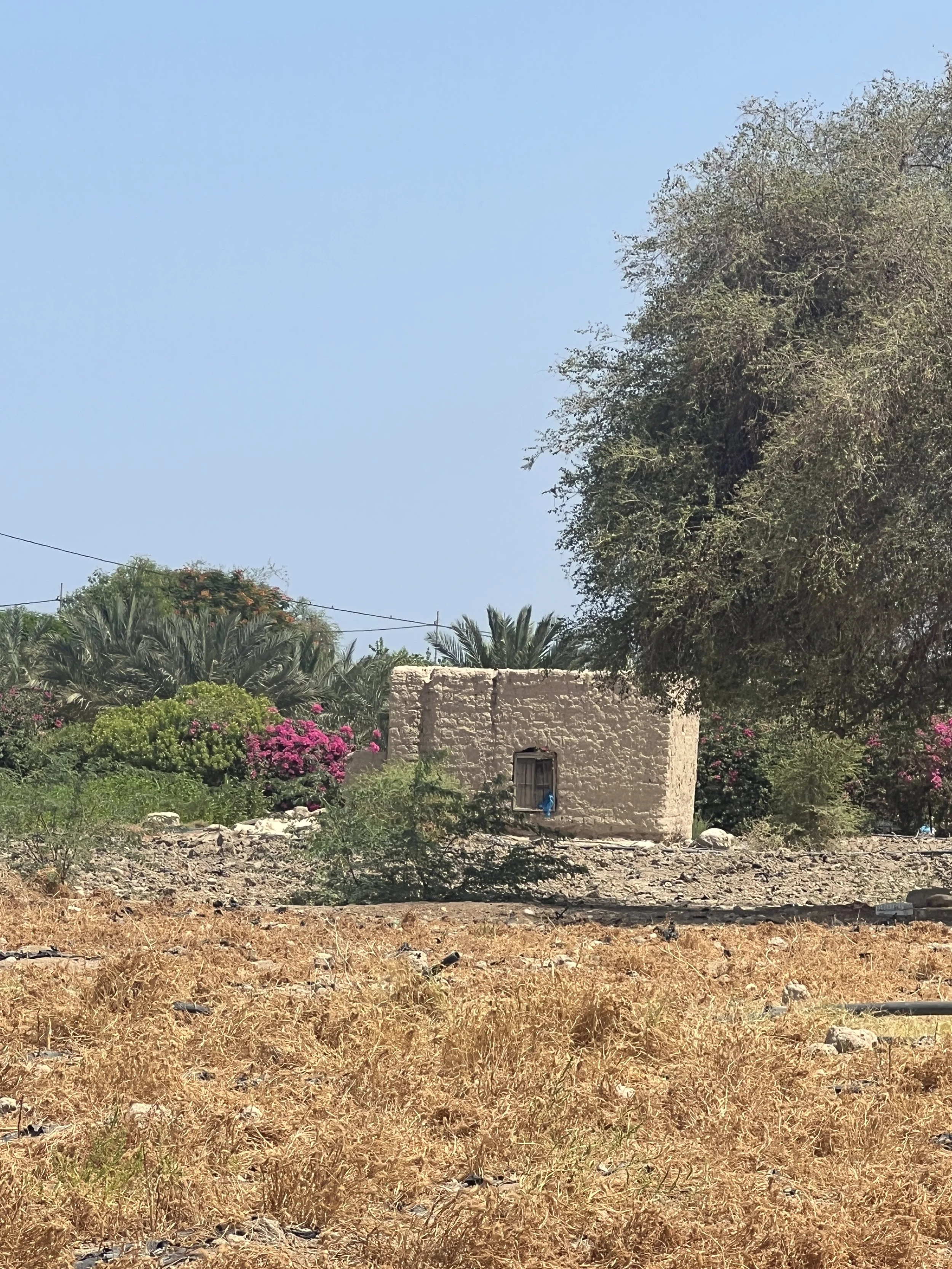Documentation of earthen architecture initiative (EADI)
This ambitious endeavor was initiated for the documentation of earthen architecture in Jordan. The initiative aims at making significant strides in preserving Jordan's rich heritage of earthen buildings. It focuses on documenting diverse array of earthen structures, for both the traditional mud houses and the stone buildings with earthen mortar, roofs, and plaster.
This initiative highlights our collective responsibility to safeguard and celebrate our cultural heritage for generations to come.
Locations under study:
Mud Houses:
AlZmaliyyeh Village
Damia
Ghor Al Mazraa
Ghor Assafi
AlDhleil
Maan
Jurf Addarawish
Al Jafer

Jurf Addarawish is located between the capital city of Amman and Ma’an, it is located close to the desert highway that connects Amman to the southern part of the kingdom. The Hijazi railway station (AlJurouf) was established in 1904, the station itself was built out of stone at that time, while the dwellings of the workers who used to work in the station or the maintenance of the railway came mainly from Maan and resided in mud block houses across the station.
Jurf Addarawish
The land plots in the vicinity of the Jordan River is characterized by fertile soil. The traditional houses are usually located in the midst of farmland and are built with adobe blocks, since the clay is available locally and the high thermal mass of the adobe walls can help regulating the temperature and the humidity inside the houses, which creates a comfortable indoor environment despite the extremely hot weather conditions during the summer days.
Ghor AlMazraa
The old town of Ma’an consisted of two main quarters, the Hijaziyyeh (Southern Part) and the Shamiyyeh (North part). The name is derived according to the proximity of the destination (Hijaz or Damascus (AS-sham ) on the pilgrimage route and later along the railway. The city used to flourish during the Hajj ( Pilgrimage) 4 days , where the pilgrims between Mecca and Damascus used to stop in the city of Ma’an to have a rest and to feed the camels and horses. The two towns are characterised by the mud walls and the mud towers.



